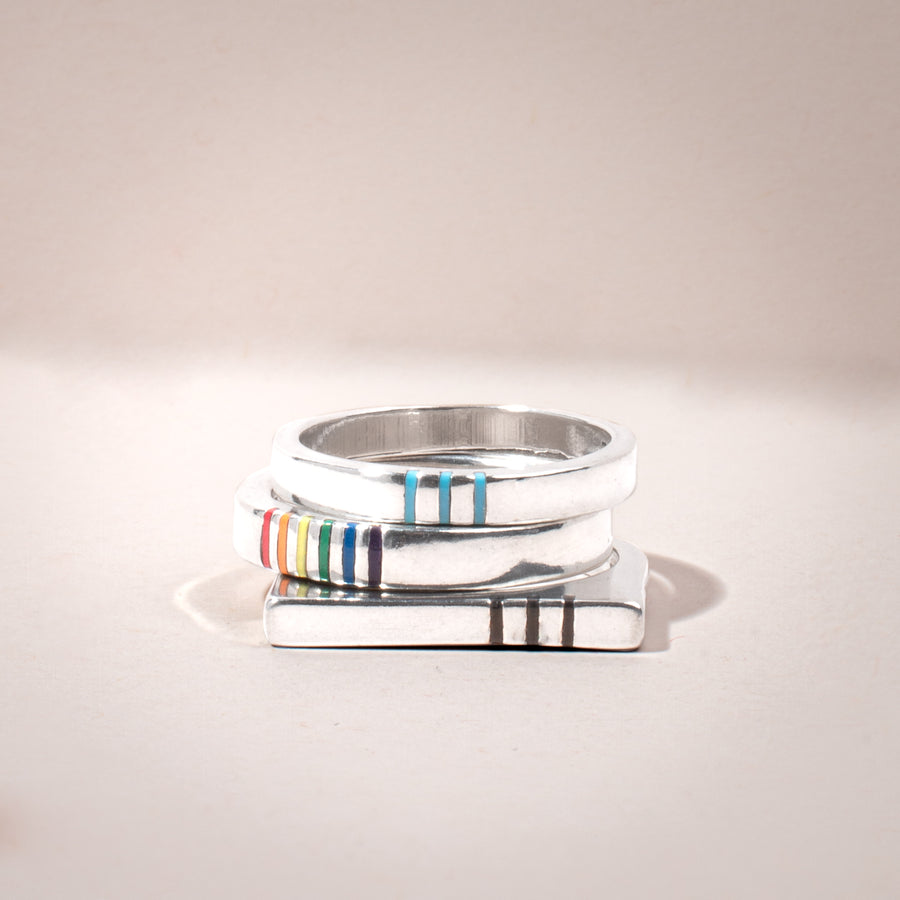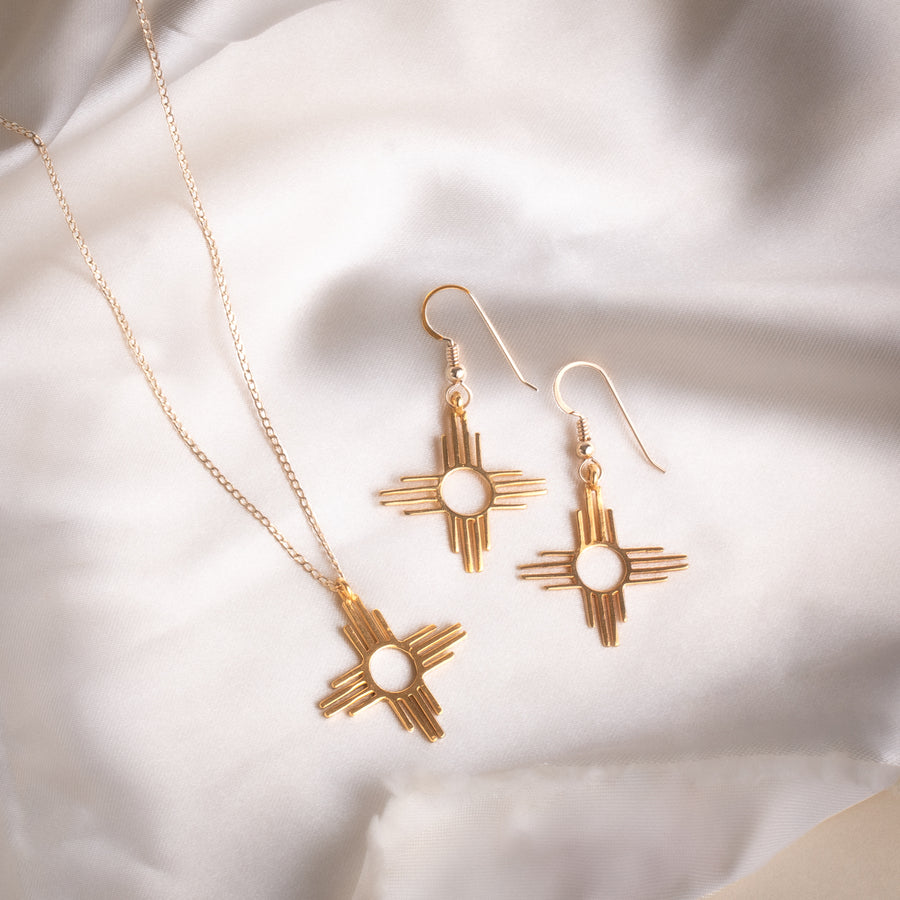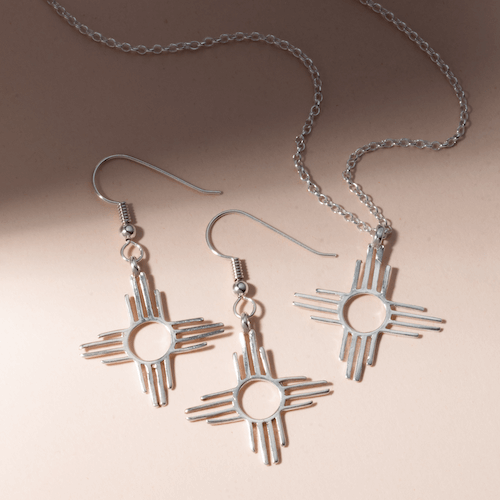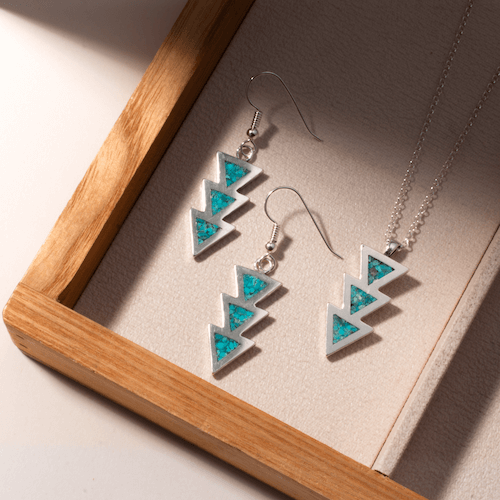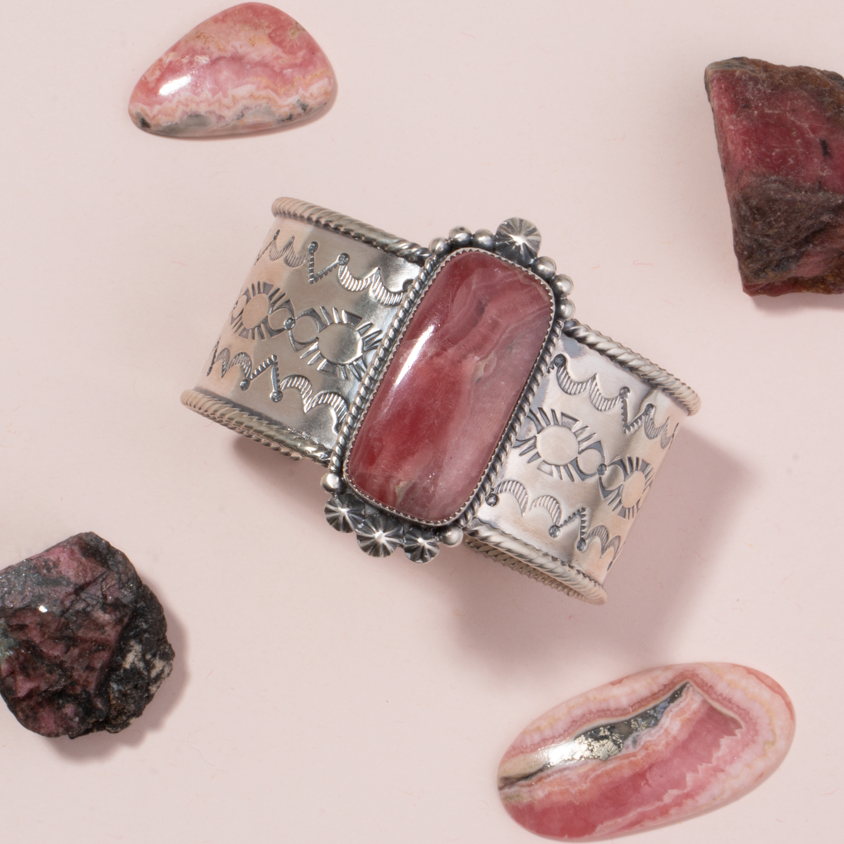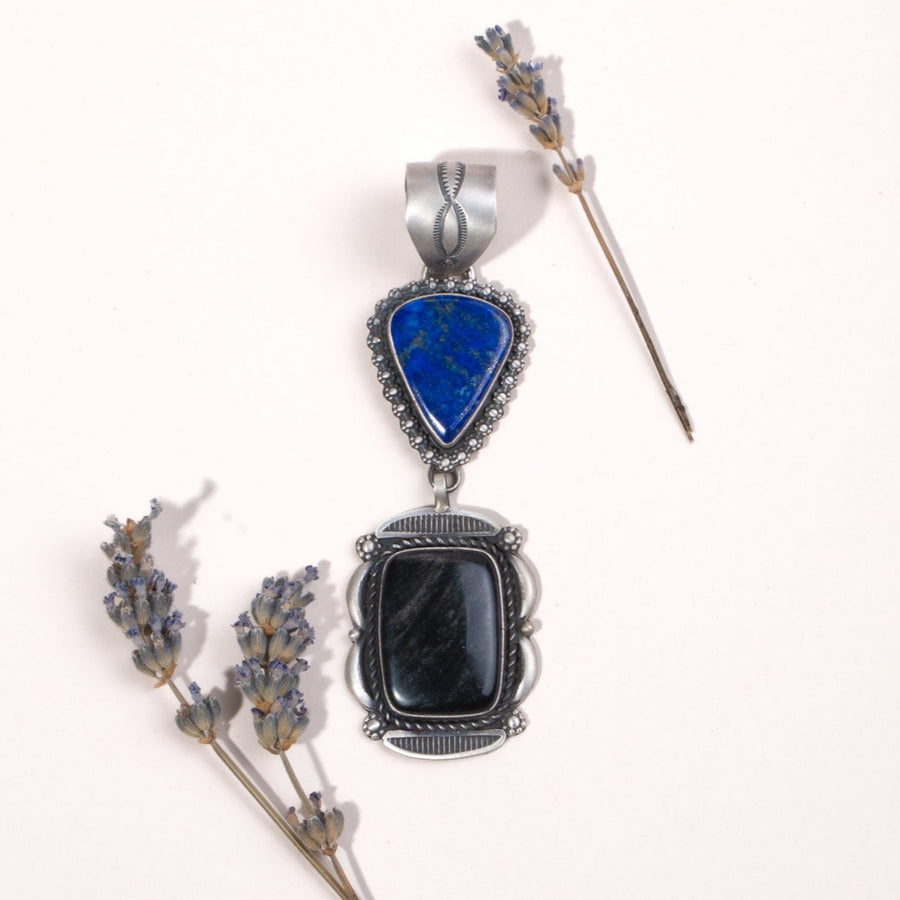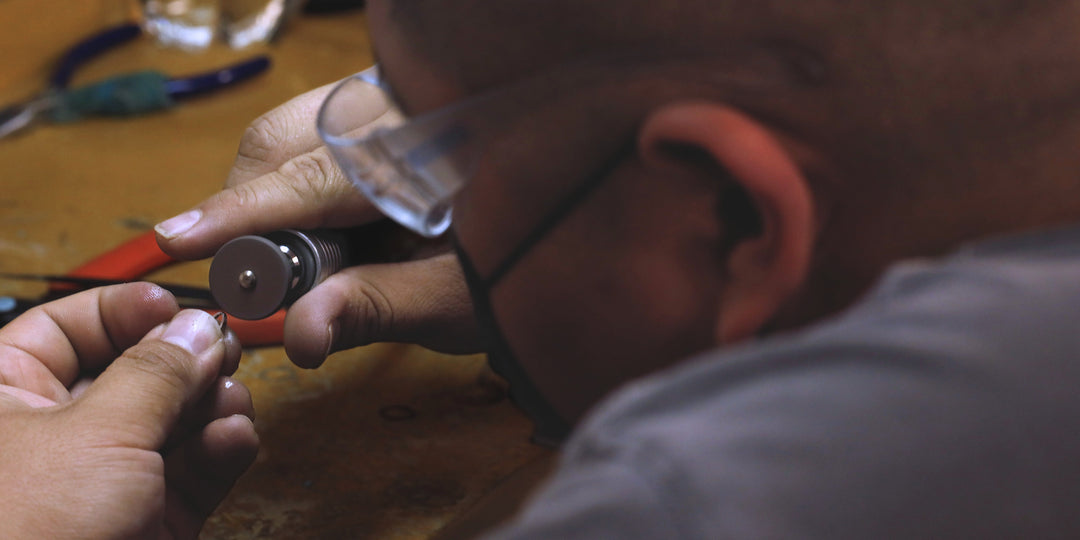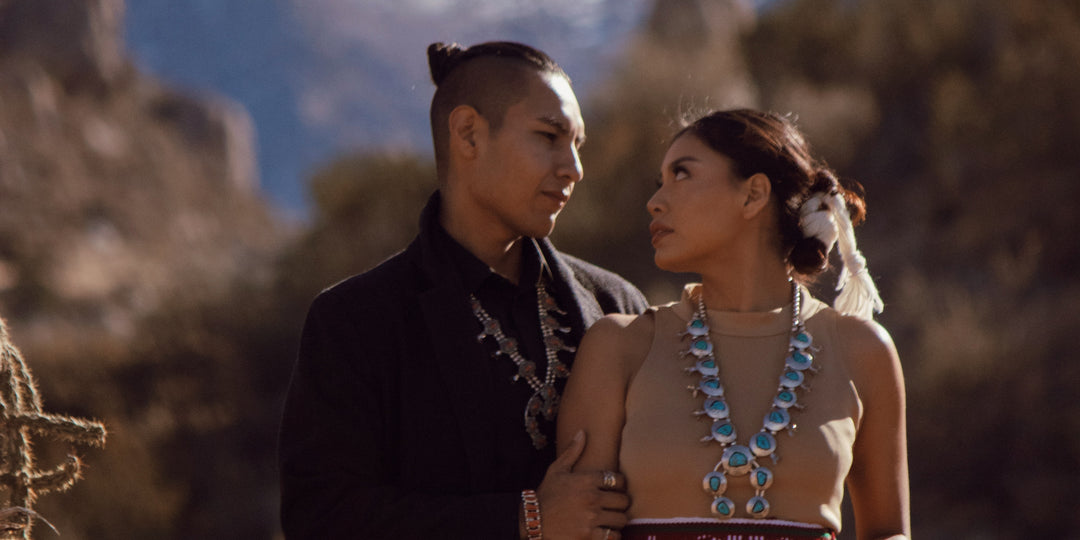Tradition and fashion – Lloyd Kiva

Tradition and high fashion aren’t often thought of as two things that go together. Over the last fifty years, however, Native American designers have stepped up to show how the two can create fashion that’s not only haute couture but a beautiful means of self-expression for indigenous artists. It’s a marriage of traditional and modern that has opened a new way of looking at the clothes we wear and what they represent.
In the 1940s, Cherokee artist Lloyd Kiva New graduated from the Art Institute of Chicago and began a career that would greatly impact the future of Native American fashion designers. New took his designs on tour, traveling through the US and Europe to expose them to audiences all over the world. His clothing used hand woven, hand dyed fabrics and he included leather in the materials he worked with. The desire was to use materials found in traditional indigenous garments for clothing designed for the world of high fashion.
Later, New opened a studio for his work in Arizona. He focused at first on creating accessories, such as belts and purses, but his true calling was education. With the future of others who might want to follow in his footsteps in mind, he created a summer program called the Southwest Indian Arts Project. The project offered classes in textile design. Little did New know that his beginning project would bloom into an internationally known fashion design program.
The success of the summer classes led New, along with Dr. George Boyce and others, to form the Institute of American Indian Arts (IAIA). Established in 1962, IAIA was first a high school, then later a two-year college. New taught courses on textiles and Josephine Myers-Wapp (Comanche) taught traditional garment making. These courses were the beginning of what would become an internationally renowned textile design program.
By 1965, students in the IAIA fashion design program were holding fashion shows to display their work. Local at first, the shows later spread to Arizona, New Mexico, Texas and New York. The 1970s saw Native designers such as Jewel Gilham (Blackfeet) and Remonia Jacobsen (Otoe-Iowa) expanding the world of Native American fashion by employing the more individual techniques they brought to their designs from their own tribes. Pueblo, Sioux, Otoe-Iowa and Seminole influences could be seen in the embroidered ribbon work, applique and beadwork that adorned the clothing they created. These designers had come to realize that “their fashion fostered a pan-Indian unity in the quest for political power through self-expression.”

Native American designers today continue to push the boundaries by blending cultural and pop iconography with traditional styles, materials and images. These artists are making the fashion world their own while presenting their traditional culture to the world.
